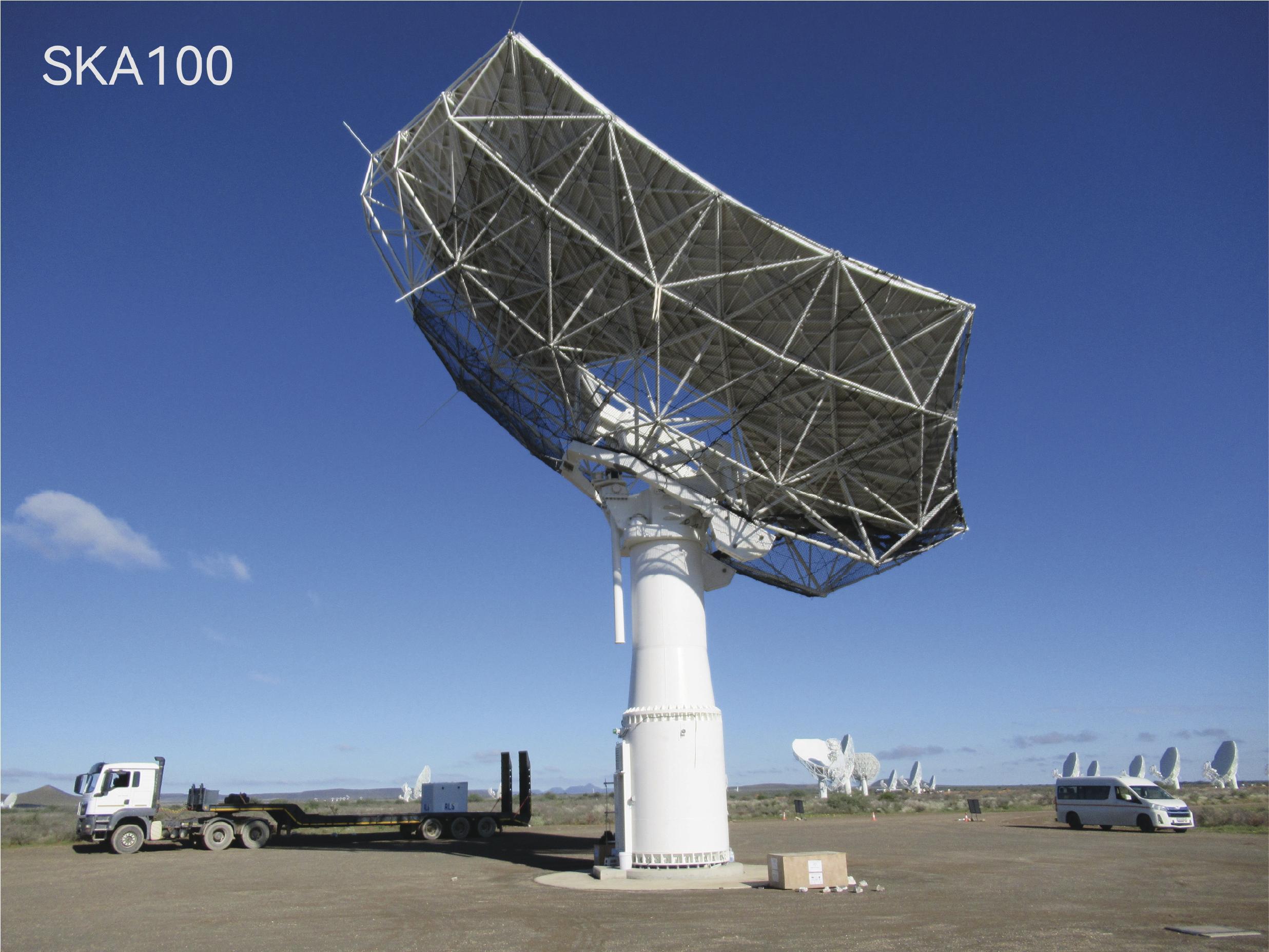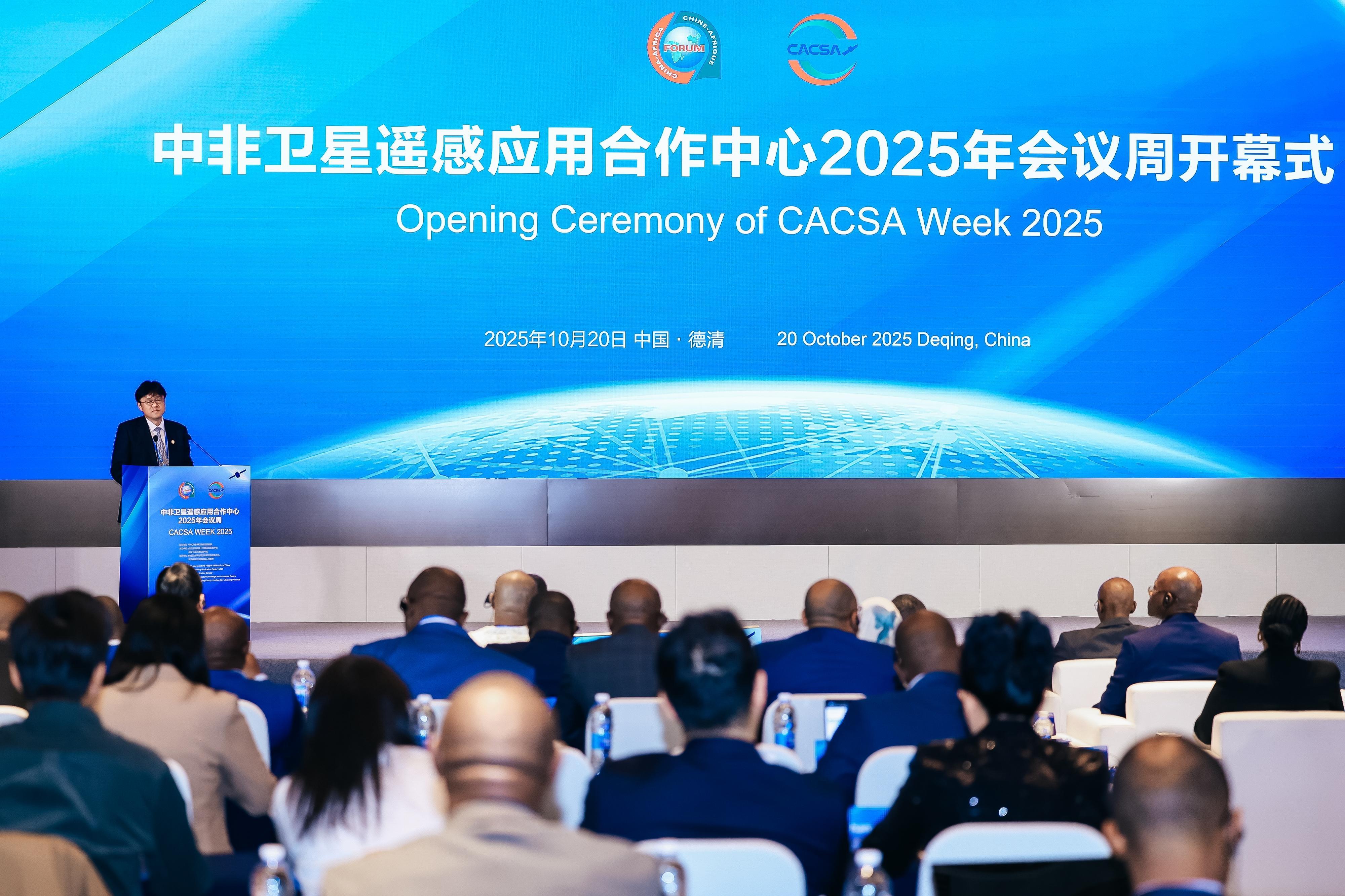An Overview of Twelve International Big Science Programs

Editor's Note:
The second Belt and Road Conference on Science and Technology Exchange delivered a series of outcomes. Several memorandums of understanding were signed and Belt and Road sci-tech innovation special cooperation plans in multiple key fields launched, giving greater momentum to global cooperation in science and technology innovation. To promote international sci-tech cooperation, especially among BRI partner countries, Science and Technology Daily provides an overview of 12 international big science programs.
Square Kilometre Array (SKA)
The Square Kilometre Array (SKA) is a next-generation radio astronomy-driven big data facility that will revolutionize our understanding of the universe. This 2.022-billion-euro (2021 budget), 10-year project, is built and operated by the SKA Observatory (SKAO), an inter-governmental organization (IGO) established in 2021 by bringing together 16 nations from five continents. Aiming to create a global collaboration to undertake radio astronomy through construction and operation of SKA telescopes, SKAO's work continues to broaden the collaboration and incorporate communities from across Europe, Asia and Africa.
International Thermonuclear Experimental Reactor (ITER)
ITER ("The Way" in Latin) is one of the most ambitious energy projects in the world today, aiming to create energy through a fusion process similar to that of the Sun. Thousands of engineers and scientists have contributed to the design of ITER since the idea for an international joint experiment in fusion was first put forward in 1985. With five times the plasma volume of the largest machine operating today, the ITER Tokamak will be a unique experimental tool, capable of longer plasma and better confinement.
Deep-time Digital Earth (DDE)
The Deep-time Digital Earth (DDE) is a big science program aimed at transforming Earth science research by integrating big data and advanced technologies. Launched in 2019, DDE seeks to build an open-access digital platform that compiles geological and paleontological data from Earth's deep history-spanning, billions of years. This initiative fosters collaboration among scientists worldwide, enabling them to address fundamental questions about Earth's evolution, climate change, biodiversity, and resource distribution.
Ocean Negative Carbon Emissions International Big science Program (ONCE)
As the world's largest carbon reservoir, the ocean holds enormous potential for storing massive quantities of carbon dioxide, yet technologies and strategies to enhance carbon sequestration require further in-depth development and evaluation. The Ocean Negative Carbon Emissions International Big Science Program (ONCE Program) aims to unleash the ocean's potential as a major carbon sink through cutting-edge technology and international collaboration. It seeks to forge a new pathway that integrates ecological restoration with carbon sink augmentation, leading the way toward ocean-based climate governance solutions.
π-HuB Project
The Proteomic Navigator of the Human Body (π-HuB) Project is an big science program forming a consortium of Chinese and international scientists to generate megaproteomic datasets from all major human tissues/organs and cell types, and to subject the data to integrative analysis at an unprecedented scale. The aim is to build an intelligent computational engine, called the π-HuB navigator, which will integrate multimodality proteomic datasets to enhance our understanding of human biology, facilitate disease risk assessment and diagnosis, uncover new drug targets, and optimize appropriate therapeutic strategies and to enable intelligent healthcare.
International Meridian Circle Program (IMCP)
The International Meridian Circle Program (IMCP) is a solar-terrestrial research program built on ground-based observational networks along the 120°E~60°W meridians. This enables continuous 3D geospace monitoring. Combined with space-based and other techniques, IMCP investigates geospace disturbances, driven by solar eruptions and terrestrial activities, and develops a data-driven high-precision space weather model to enhance space weather disaster prevention and support peaceful space utilization.
International Lunar Research Station (ILRS)
International Lunar Research Station (ILRS) includes a set of comprehensive scientific experimental facilities jointly constructed by multiple countries on the surface and in the orbit of the moon, with scalability, maintainability and the capability of long-term autonomous operation and short term human participation.
ILRS is capable of ensuring Earth-Moon round trip, energy supply, central control, communication and navigation, lunar scientific research, and ground support. It will continuously carry out multidisciplinary, multi-objective, large-scale scientific and technological activities such as scientific exploration, resource utilization and frontier technology verification.
Genome to Phenome: Deciphering Crop Genetic Resources (G2P)
Genome to Phenome: Deciphering Crop Genetic Resources (G2P) is a new “Green Revolution” and global food security mechanism achieved through international collaborative innovations in utilizing crop genetic resources. It aims to: unlock the potential of the global crop genetic resources, connect it with phenotyping under different climate conditions and make novel genes available to the world’s crop breeders; reform the global agricultural research network for accessing and utilizing genetic resources, data and cutting-edge technologies; and develop a new generation of crop scientists, especially from Global South countries.
Mesoscopic Brain Connectome Project (MBCP)
Mapping the mesoscopic connectome and cell composition of the primate brain is critical for understanding the mechanism of human brain cognition and brain diseases. The Mesoscopic Brain Connectome Project (MBCP) was jointly initiated by academicians of the Chinese Academy of Sciences Muming Poo and Qingming Luo. It will bring together scientists from around the world to develop tools and technologies needed for brain mapping, map the whole-brain mesoscopic neural connection map of non-human primates and humans, and promote the diagnosis and treatment of brain diseases, brain-like intelligence and other technologies.
Carbon Neutrality and Energy System Transformation (CNEST)
Climate change is a defining issue of our future. The development of a system for new energy sources is key to achieving carbon neutrality and sustainable development. Crafting the optimal next-generation energy system includes variables such as energy structure, energy technologies, and other yet-to-be determined attributes. This addresses the challenge of overcoming the bottleneck of the demand for safe, green and economic energy, constrained by carbon neutrality. By building a global research platform that unites universities, research institutions, enterprises and international organizations, it aims to contribute to global carbon neutrality goals.
Global Trench Exploration and Dive Programme (Global TREnD)
Global TREnD is a global endeavor aimed to explore the deepest parts of world’s oceans — the hadal zone (6,000-11,000m), and advancing the multi pipeline knowledge of hadal biology, geology and environment science by using the technology of full ocean depth manned submersibles.
Digital Sustainable Development Goals Programme (DSP)
To address the critical scientific challenge in Sustainable Development Goals (SDGs) and to promote the United Nations 2030 Agenda for Sustainable Development, as well as "post-2030" development, the International Research Center of Big Data for Sustainable Development Goals has joined hands with global partners to launch the Digital Sustainable Development Goals Programme (DSP). DSP focuses on four key research areas: Sustainable Development Science Satellite Constellations, SDG Big Data Platform, SDG Al Model System, as well as SDG Multidisciplinary Applications, establishing a "Satellite-Cloud-Intelligence-Wisdom" digital infrastructure for SDGs, and transforming qualitative sustainable development indicators into quantifiable digital indicators.







